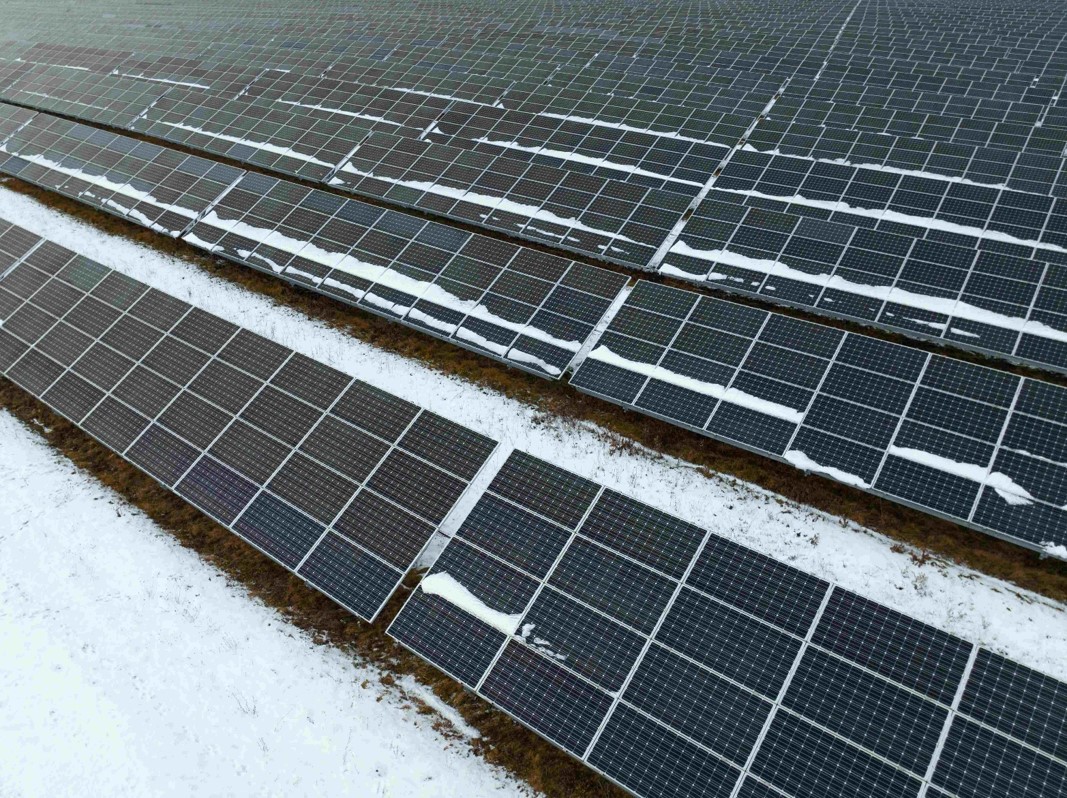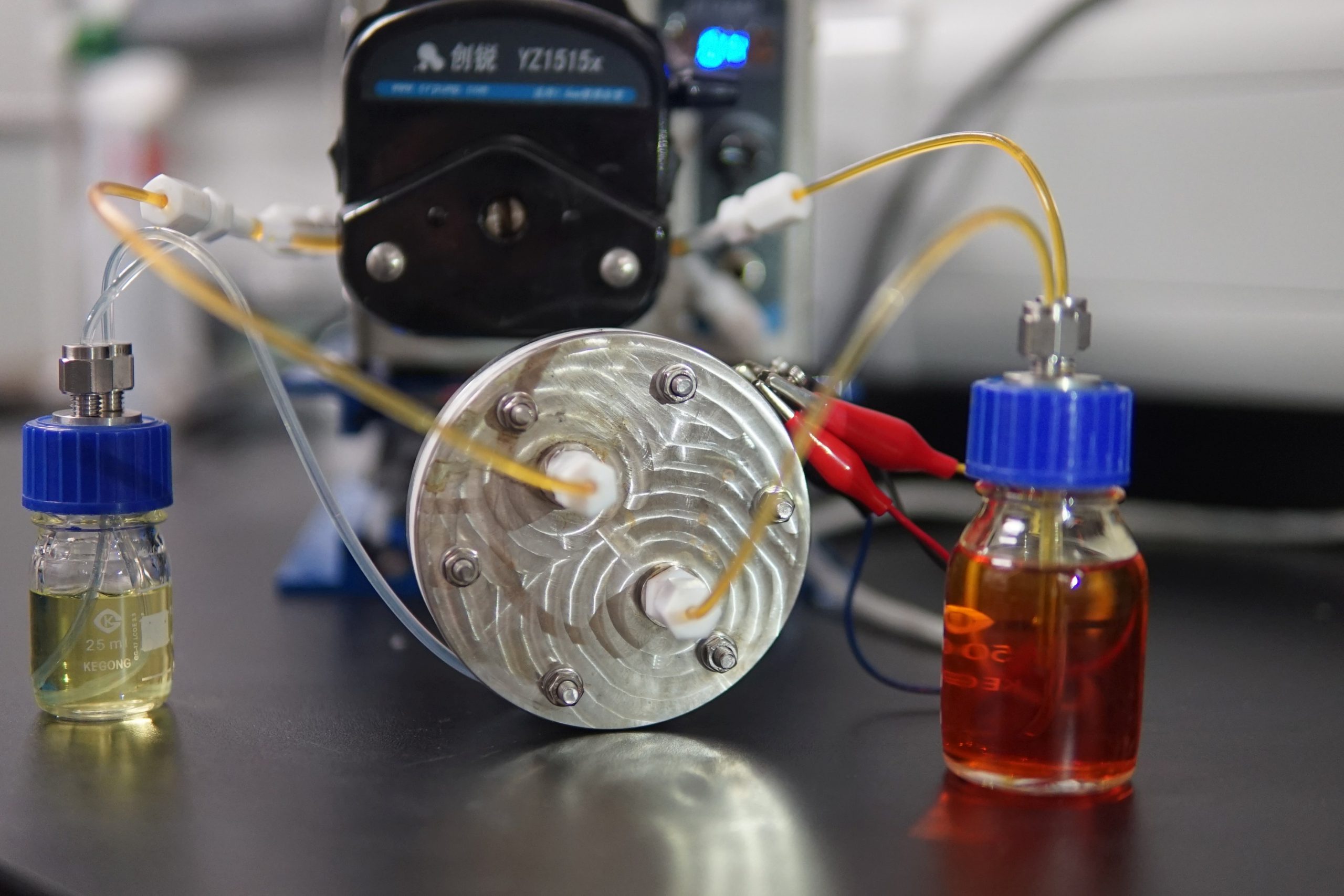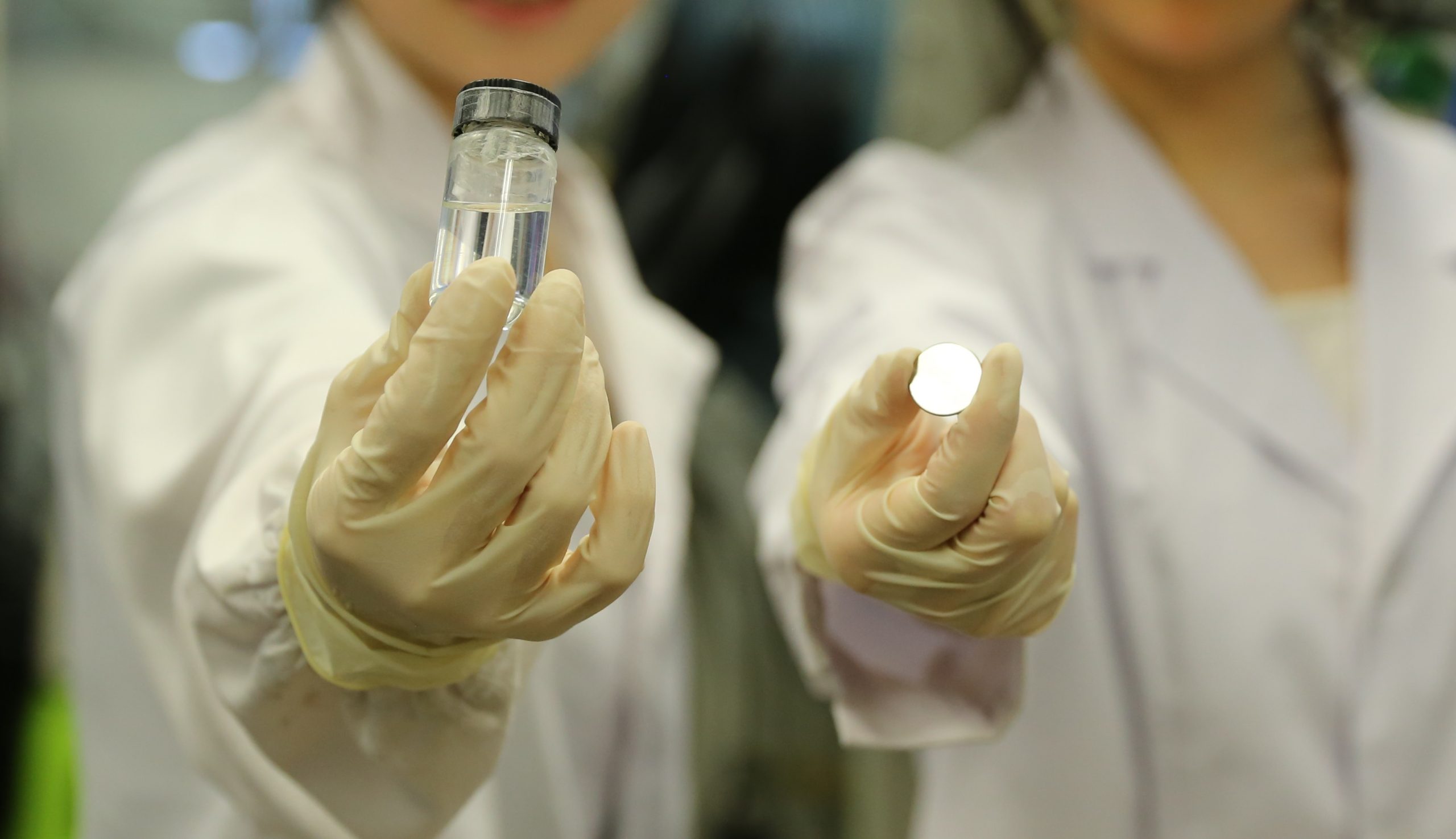English
繁體中文
简体中文

Life in an extremely cold region without electricity for heating and lighting can be a miserable experience, especially as existing battery technologies cannot retain a reliable power supply in such cold weather. When winter storms sweep across cities, the power crisis they cause can leave millions of people without electricity. CUHK researchers are trying to fix that with a new technology that promises to bring stability to electrical storage, even at very low temperatures.

Scientific research has brought major changes to the world. CUHK brings together top researchers for the incubation of world-leading technologies into tangible applications and products under the university’s support. Advances in the fields of life and health technology, artificial intelligence, smart cities, robotics, and environment and sustainability have been in the spotlight in recent years. CUHK Innovation reveals the stories of CUHK scholars and alumni, and how they have applied innovative technologies in these fields to improve people’s health and life.

Distinguished as safe, powerful and flexible but plagued by a short life, sulphur-based redox flow batteries have been given a boost to their duration by CUHK engineers, ending a long unsolved challenge. They have designed a novel membrane, keeping the battery’s two electrodes apart and reducing the loss of active materials, so ramping up its lifetime, stability, and its usefulness in grid-scale energy storage devices.

High energy batteries, in cell phones and laptops, can blow up in your face. Research around that problem surfaced with a solution from a surprisingly different field. It is a soluble polymer used in skin cream that can also stabilise battery output. Soon, putting a phone on your cheek will be as gentle on your skin as moisturizer.